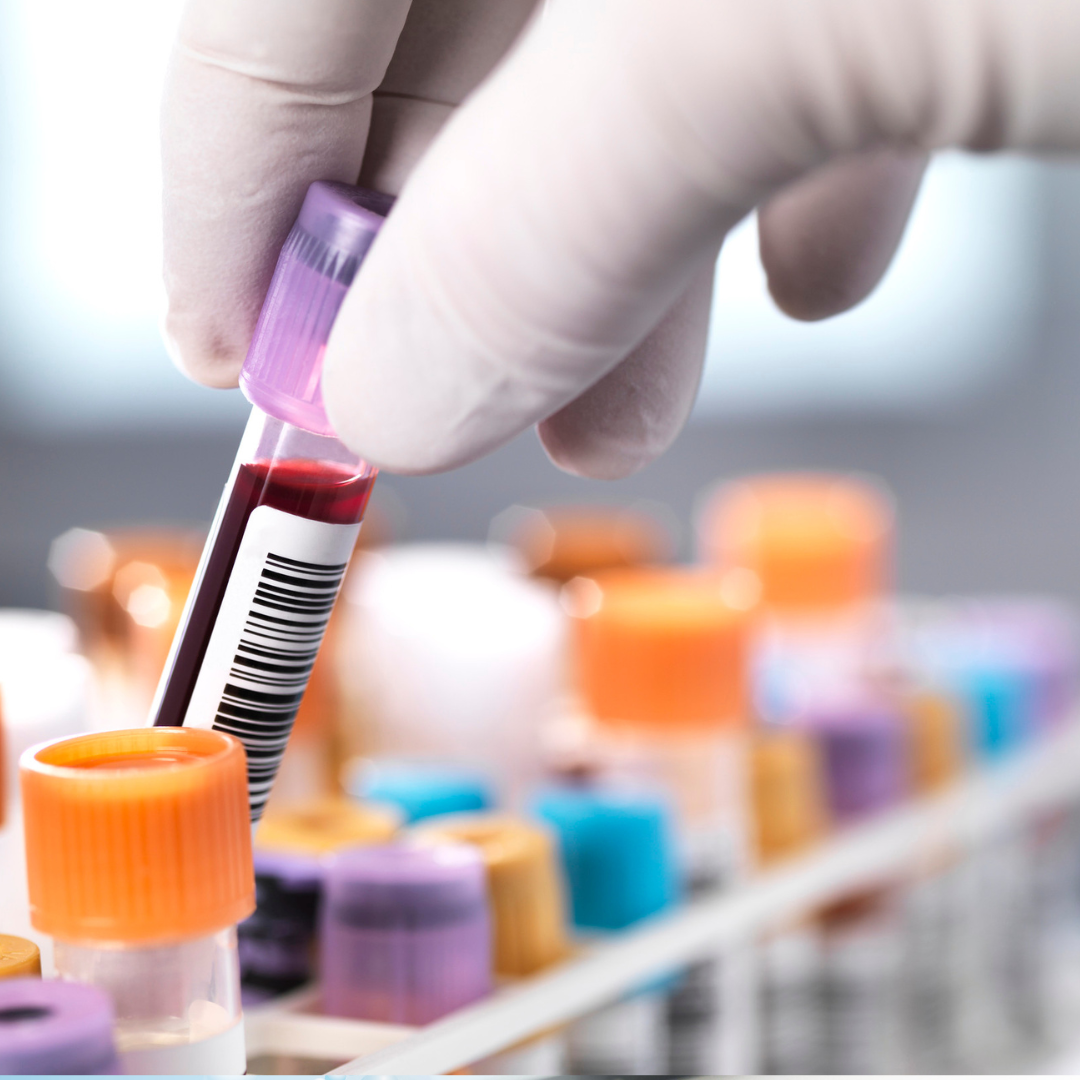Millions of people with diabetes rely on finger-stick devices to measure their glucose levels daily, enduring the inconvenience and discomfort of blood-based monitoring. What if managing glucose levels could be as simple as wearing a sweat sensor?
That’s the vision behind groundbreaking research from Binghamton University, State University of New York, which promises to transform diabetes care. By leveraging years of expertise in biobatteries, Professor Seokheun “Sean” Choi’s Bioelectronics and Microsystems Lab has developed a paper-based biosensor that uses bacterial spores to detect glucose levels in sweat.
The system is built on Bacillus subtilis bacterial spores, which germinate in response to glucose in potassium-rich bodily fluids like sweat. This germination generates power, with the energy output corresponding to glucose levels. Unlike traditional glucose monitors that rely on enzymes, this spore-based system is shelf-stable, eliminating the need for refrigeration and ensuring long-term viability.
A Durable and Innovative Approach
“The problem with enzyme-based sensors is that enzymes denature and lose effectiveness over time, even with refrigeration,” said Choi. “Our spore-based system, however, can withstand harsh conditions and activates only under the right circumstances.”
Choi collaborated with Assistant Professor Anwar Elhadad, PhD ’24, and PhD student Yang “Lexi” Gao to produce these findings, recently published in Microsystems & Nanoengineering. The research, supported by two National Science Foundation grants, represents a novel approach to glucose detection.
Gao’s Contribution
For Gao, who arrived at Binghamton from China in 2021 during the COVID-19 pandemic, this project is a continuation of her passion for sustainable and impactful research. Her previous experience in marine chemistry and paper-based detectors aligned perfectly with Choi’s work in “papertronics.”
“I want to do research that makes the world better,” Gao said. “The idea of using bacteria to generate power is fascinating. It’s clean, sustainable, and incredibly cost-effective.”
Gao’s involvement in this project also allowed her to delve into electrical engineering under Elhadad’s guidance, expanding her skill set to include circuit design.
Challenges and Future Directions
While the spore-based biosensor shows promise, it requires further refinement. Variability in potassium concentrations in sweat poses a challenge, and the system’s sensitivity is currently lower than conventional enzymatic biosensors.
“Everyone’s potassium concentration is different, and we need to understand how that affects glucose detection,” Choi explained. “Still, this work has created an entirely new sensing mechanism for glucose, something no one has done before.”
The Binghamton team is now focused on enhancing the detection process and exploring how the device can be adapted for practical use.
This innovative sweat sensor represents a step forward in diabetes management, potentially offering a painless, sustainable, and accessible alternative to traditional glucose monitoring systems.




